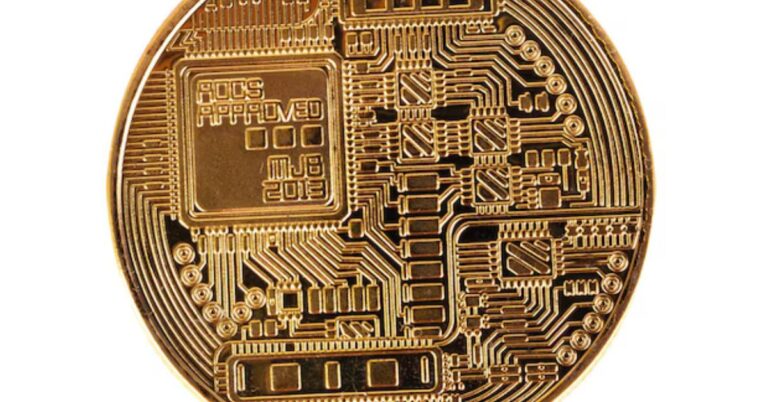Exploring 0.44776119403 as a number: Significance and Applications
In mathematics, numbers take on many different forms, each carrying unique properties and applications. One such number, 0.44776119403 as a number, may not seem especially noteworthy at first glance, but it holds important significance in certain fields. From its appearance as a decimal to its possible mathematical interpretations, this number can play a crucial role in diverse areas such as science, engineering, and statistics. This article delves into the number 0.44776119403 as a number, examining its properties, significance, and applications.
What Is 0.44776119403 as a number?
The number 0.44776119403 as a number is a real number that is expressed in decimal form. It is a positive number that lies between 0 and 1, making it a fraction of a whole. Its decimal expansion ends at a specific point, indicating that it is a rational number. Unlike irrational numbers, which have non-terminating and non-repeating decimal expansions, 0.44776119403 has a finite decimal representation. This makes it a rational number that can be approximated or expressed as a fraction.
Although it may seem random or obscure, 0.44776119403 as a number has specific mathematical relevance in certain contexts, especially when precision and accuracy are required. Its specific value might be derived from a particular calculation or equation that arises in a scientific or mathematical model.
Breaking Down the Decimal Expansion
The decimal expansion of 0.44776119403 as a number is a key characteristic that can tell us much about its properties. To better understand this number, it’s essential to recognize the difference between rational and irrational numbers. A rational number can be expressed as the quotient of two integers, meaning it can be written as a fraction. If 0.44776119403 can be represented in such a manner, it qualifies as a rational number.
Numbers that cannot be expressed as fractions are known as irrational numbers. Their decimal expansions go on infinitely without repeating. In contrast, 0.44776119403 is a finite decimal that can be approximated as a fraction, such as 44776119403/100000000000, though this fraction is not necessarily the simplest representation. Thus, 0.44776119403 as a number is rational because its decimal expansion terminates.
Mathematical Significance of 0.44776119403
Despite not being as famous as constants like π or e, numbers like 0.44776119403 as a number appear frequently in mathematical computations, often arising as results from specific formulas or algorithms. While this number may not have an inherent, universal meaning like those famous constants, it is an important value in contexts where precise calculations are needed.
In mathematics, numbers such as 0.44776119403 as a number often arise in problem-solving, especially when working with approximations or when solving equations in algebra, geometry, and calculus. It could represent an intermediate value that results from solving a system of equations or an integral. It could also emerge as part of a more complex formula or theorem where it represents a specific constant, coefficient, or ratio within that formula.
Applications in Various Fields
Numbers like 0.44776119403 as a number might not be encountered regularly in everyday life, but they do have substantial applications in different fields, especially in engineering, physics, statistics, and computer science. In these fields, precision and accuracy are often paramount, and numbers with decimal expansions like this one are essential for accurate measurements and calculations.
For instance, in statistical analysis, 0.44776119403 might be an output from a regression analysis or used as part of a cumulative distribution function. In these contexts, it could represent a probability or a coefficient within a statistical model. Statistical modeling often involves working with such precise decimal values to estimate patterns, make predictions, and test hypotheses.
In engineering, numbers like 0.44776119403 as a number could appear in the context of physical laws or simulations. For example, it might be part of a formula that describes the behavior of materials under stress, the movement of fluids, or the properties of electromagnetic fields. Engineers often use such numbers when working with simulations that require high precision, such as in aerospace engineering, automotive design, or civil engineering.
The Role of Decimal Precision
The significance of 0.44776119403 lies in its decimal expansion, which provides important precision when performing calculations. In fields such as numerical analysis and computational mathematics, precision is a critical factor. When performing operations on numbers like 0.44776119403, the level of accuracy in the decimal representation matters.
Floating-point arithmetic is commonly used to represent and manipulate real numbers in computer systems. In these systems, numbers like 0.44776119403 as a number are stored and processed with a specific number of digits, which can affect the results of computations. The choice of how many decimal places to retain can impact the overall accuracy of the results, especially in complex calculations like those found in scientific simulations, machine learning models, or financial algorithms.
When working with real-world measurements or computer algorithms, significant digits are crucial for achieving accurate outcomes. Even slight differences in the number’s precision can lead to notable changes in the final result, which is why such precise numbers are treated with care.
Approximation and Rounding
In many practical situations, 0.44776119403 as a number is not used in its full form but is instead rounded or approximated to a more manageable value. For instance, it might be approximated as 0.448 or 0.45 for simplicity, particularly when the level of precision required is not extremely high. This kind of rounding is often done in scenarios where an exact value is not necessary, but an estimate or approximation is sufficient for the purpose at hand.
For example, in scientific research, approximations like these might be used when conducting preliminary calculations or when the value does not significantly affect the overall outcome. Rounding is also used in engineering when designing systems where small deviations in certain values are unlikely to have a substantial impact on the overall system performance.
Significance in Scientific Measurements
In fields such as physics and chemistry, measurements of physical quantities are often expressed in decimal form, with many values carrying several digits after the decimal point. For example, a number like 0.44776119403 could emerge in calculations related to force, energy, or pressure, all of which require precise measurements. In these contexts, such numbers are crucial in ensuring that calculations are as accurate as possible, especially when dealing with highly sensitive experiments or systems that require exact measurements.
For example, in thermodynamics, constants that appear in equations describing heat transfer or material properties may take on decimal values like 0.44776119403. Similarly, in fluid dynamics, calculations that determine the behavior of gases or liquids in motion often yield numbers with multiple decimal places, requiring precise interpretation and rounding depending on the context.
Real-World Examples of Usage
In real-world applications, 0.44776119403 might arise in scenarios that demand precision. In telecommunications, for example, this number could appear in calculations related to signal-to-noise ratios or modulation schemes, both of which rely on exact values to maintain the quality of transmitted information. In these systems, even the smallest error in signal processing could lead to data loss or degradation, so numbers like 0.44776119403 play a critical role in ensuring the accuracy of the signals.
Similarly, in aerospace engineering, this number might be part of a formula used to calculate the trajectory of a spacecraft or the forces acting on a satellite. Engineers rely on accurate numbers to model the physical forces acting on objects in motion, and even small deviations from the true value could have a significant impact on the mission’s success.
Conclusion
Although 0.44776119403 as a number may not be a number that most people encounter regularly, it plays a vital role in various fields, from mathematics to engineering. Its decimal expansion represents precision, and its use in equations and formulas allows scientists, engineers, and mathematicians to make accurate predictions and calculations. Whether in statistics, physics, or computer algorithms, numbers like 0.44776119403 are essential for ensuring that systems and models function as expected.
As we continue to rely on mathematical models and computational tools to solve complex problems, the importance of understanding and accurately using numbers like 0.44776119403 as a number cannot be overstated. It serves as a reminder that even seemingly simple numbers have powerful applications that shape the world around us, contributing to our understanding of science and technology.







